Holistic therapy is a comprehensive approach to wellness that focuses on the harmonious balance of mind, body, spirit, and emotions. As the demand for integrative wellness experiences continues to grow, spas and wellness centers are increasingly incorporating holistic therapies into their offerings. These therapies not only provide numerous health benefits for users but also offer a competitive advantage for spa operators in the ever-evolving wellness industry.
Dive deeper with the eBook
What are Holistic Therapies?
Holistic therapies are based on the principle that true wellness is achieved when all aspects of an individual’s being are in balance. This approach recognizes the interconnectedness of the physical, mental, emotional, and spiritual dimensions of health. By addressing these elements simultaneously, holistic therapies aim to promote overall wellbeing.
The key components of holistic therapy include:
- Mind: Engaging in practices that promote mental clarity, reduce stress, and cultivate a positive mindset.
- Body: Nurturing physical health through exercise, nutrition, and therapeutic treatments.
- Spirit: Fostering a sense of connection, purpose, and inner peace.
- Emotions: Acknowledging and processing emotions to achieve emotional balance.
By addressing these components in a comprehensive manner, holistic therapies offer a wide range of benefits, such as improved physical health, reduced stress and anxiety, enhanced self-awareness, and a greater sense of overall wellness. This sensorial therapy considers the whole person and how interacts with his environment.
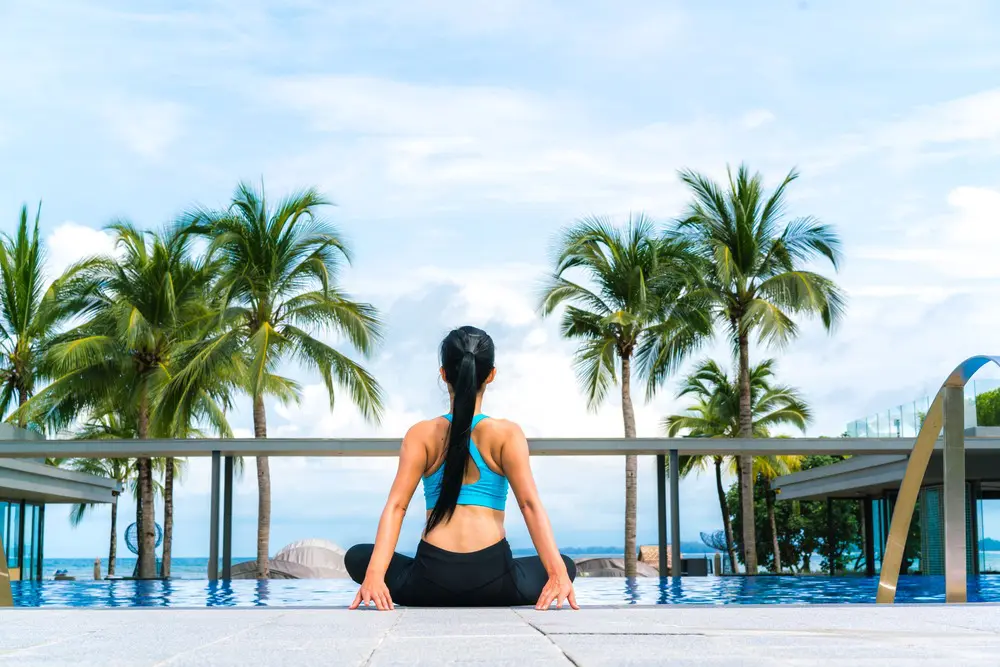
Applications of Holistic Therapies in Spas and Wellness Centers
Spas and wellness centers can incorporate a variety of installations and treatments to offer a truly holistic wellness experience. Some of the most common applications include:
Hydrotherapy Installations
Hydrotherapy involves the use of water for therapeutic purposes. Both thalassotherapy and hydrotherapy pools are designed to provide a range of benefits, such as improved circulation, reduced muscle tension, and increased relaxation. These pools can include a wide range of water jets, cascades and hydromassage beds, and can even be used for specialist guided activities, such as watsu therapy. Emotional showers, which combine water, light, and sound, can positively influence mood and promote a sense of tranquility. Temperature contrast pools , alternating between hot and cold water, can boost the immune system and improve overall circulation, such as cold plunges and ice baths.
Thermal spaces
Thermal installations harness the power of heat and cold to promote wellness. Saunas (finnish saunas, infrared saunas and salt saunas) are known for their ability to induce deep relaxation, detoxify the body, and relieve stress. Steam baths can improve respiratory health, cleanse the skin, and promote a sense of rejuvenation. Ice rooms, on the other hand, can boost metabolism, reduce inflammation, and provide an invigorating experience.
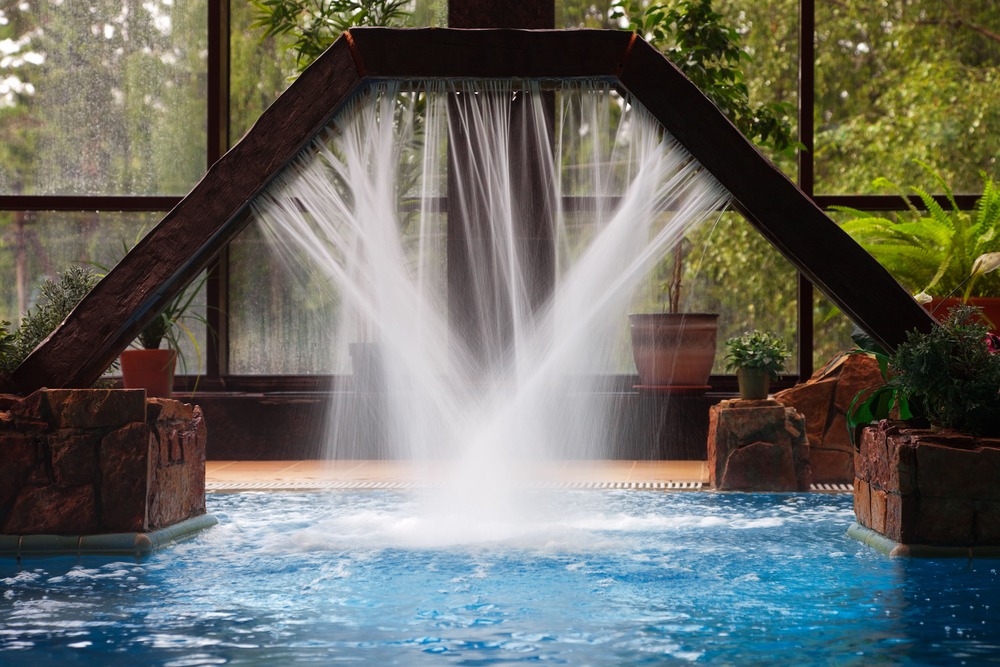

Massage and Body Treatments
Massage and body treatments are essential components of holistic wellness. Different massage techniques, such as Swedish, deep tissue, and hot stone, target specific areas of the body to relieve tension, improve circulation, and promote relaxation. According to Holistic Health Associates, «A skilled massage therapist is going to look at your body and listen to you and figure out not just where you’re hurting but what other parts of your system could be misaligned and contributing to that problem». Aromatherapy , which involves the use of essential oils, can enhance the therapeutic effects of massage while positively influencing the mind and emotions. Beauty treatments, such as facials and body wraps, not only improve skin health but also contribute to a sense of self-care and overall wellbeing. In this regard, the selection and display of top-quality loungers and massage tables are a key aspect to consider.
Mind-Body Practices
Mind-body practices are designed to cultivate a strong connection between the physical and mental aspects of wellness. Yoga is a popular practice that combines physical postures, breathing techniques, and meditation to reduce stress, improve flexibility, and promote inner peace. Meditation helps to calm the mind, enhance focus, and develop emotional resilience. Tai Chi and Qigong are gentle, flowing movements that improve balance, coordination, and overall energy flow.
Complementary Therapies
Complementary therapies can be integrated into holistic wellness programs to address specific health concerns and promote balance. Chromotherapy, or color therapy, uses different colors of light to influence mood and restore energetic balance, so it’s an important element when designing a wellness center. Ayurvedic treatments, based on the ancient Indian system of medicine, aim to balance the body’s doshas (energies) through personalized diet, herbal remedies, and lifestyle recommendations. Acupuncture, a traditional Chinese medicine practice, involves the insertion of fine needles at specific points on the body to alleviate pain, improve energy flow, and promote overall health.
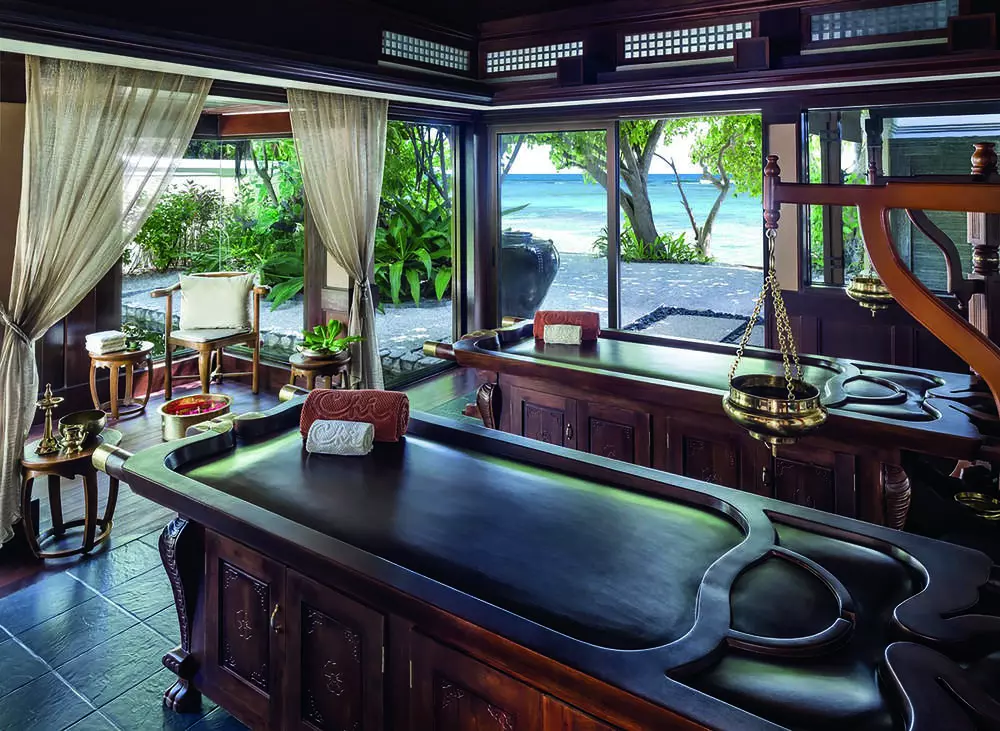
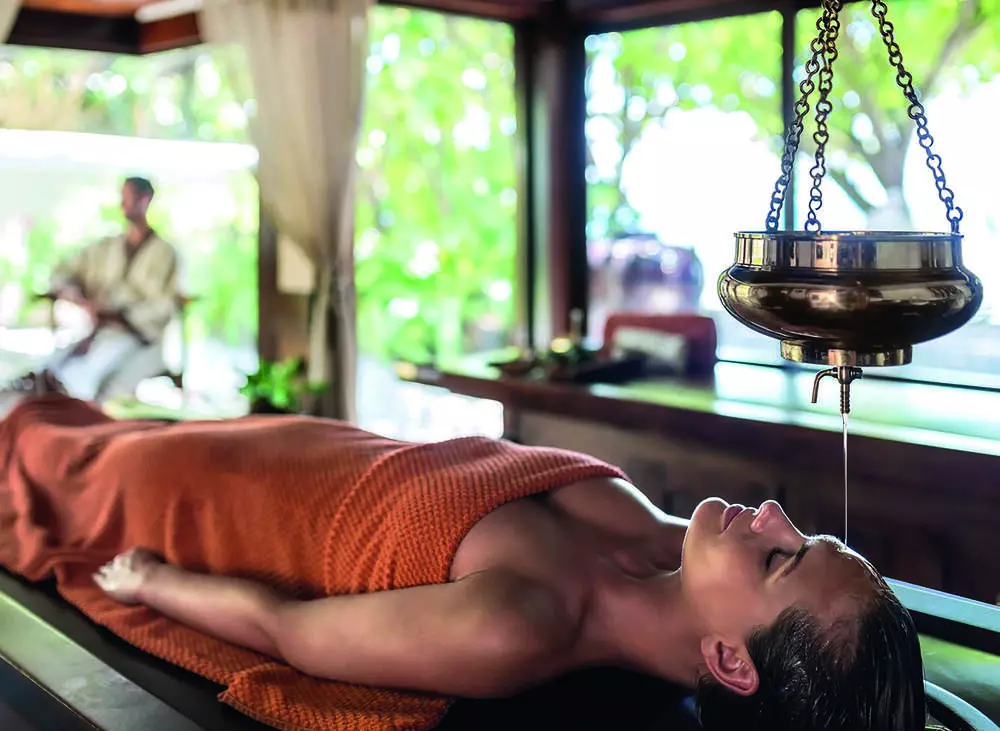
Nutritional and Well-Aging Programs
Nutrition plays a crucial role in holistic wellness. Spas and wellness centers can offer personalized nutritional guidance to help individuals optimize their health through balanced, whole-food diets. Well-aging programs focus on promoting longevity and vitality through a combination of nutrition, exercise, stress management, and preventive care.
Fitness and Movement
Physical activity is an essential component of holistic wellness. Lap pools provide an excellent opportunity for swimming, which offers a low-impact, full-body workout that improves cardiovascular health and muscle strength. Fitness centers equipped with state-of-the-art equipment allow individuals to engage in strength training and cardio exercises. Group fitness classes, such as Pilates, spinning, and Zumba, provide motivation and social interaction while promoting physical fitness.


Designing Holistic Wellness Centers
When designing a holistic wellness center, it is essential to create an environment that promotes healing and relaxation. Biophilic design principles incorporate natural elements, such as plants, water features, and abundant natural light, to create a soothing and restorative atmosphere. The use of natural materials, such as wood and stone, can further enhance the connection to nature.
Consideration of circadian rhythms in lighting design is also crucial for promoting optimal sleep and wake cycles. Exposure to natural daylight during the day and dimmer, warmer lighting in the evening can help regulate the body’s internal clock, leading to improved sleep quality and overall wellbeing.
Benefits for Spa and Wellness Center Users
Engaging in holistic therapies at spas and wellness centers offers numerous benefits for users, including:
- Improved physical health and vitality: Regular participation in holistic therapies can lead to better cardiovascular health, increased flexibility, and reduced risk of chronic diseases.
- Reduced stress, anxiety, and depression: Holistic practices, such as meditation and yoga, have been shown to effectively reduce stress, alleviate anxiety, and improve mood.
- Enhanced emotional wellness and self-awareness: Engaging in holistic therapies can help individuals develop a deeper understanding of their emotions, leading to greater self-awareness and emotional resilience.
- Increased sense of connection and community: Participating in group classes and shared wellness experiences can foster a sense of belonging and social support.
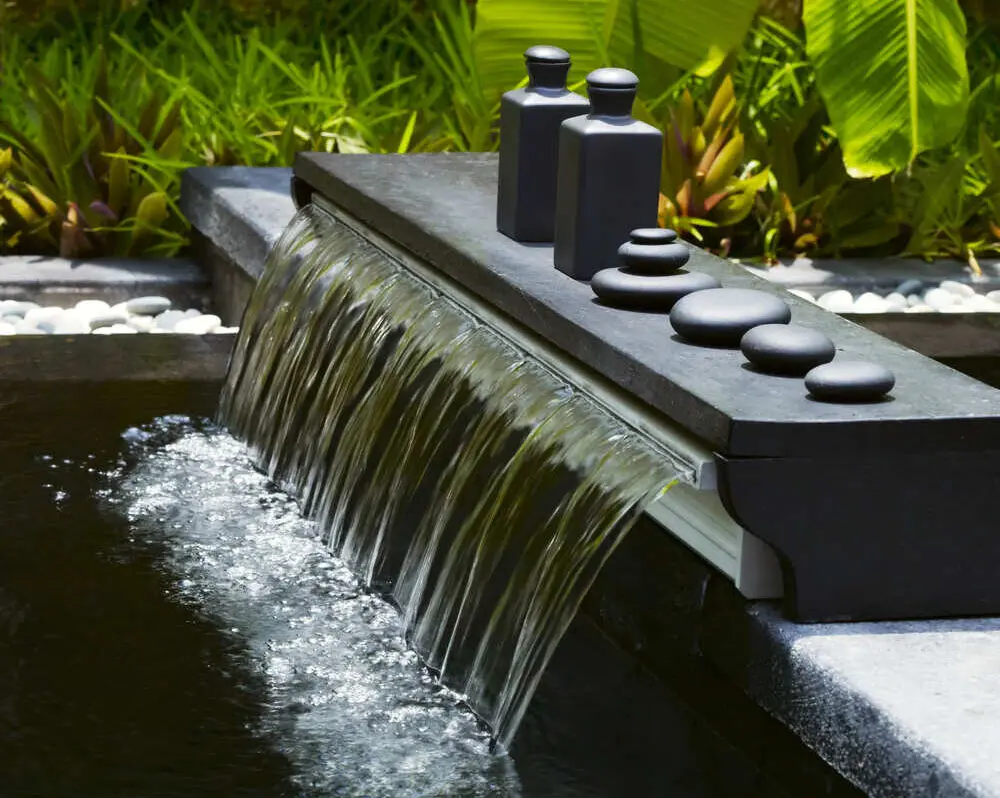

Advantages for Spa and Wellness Center Operators
Incorporating holistic therapies into spa and wellness center offerings provides several advantages for operators, such as:
- Differentiation from competitors: By offering a comprehensive range of holistic therapies, spas and wellness centers can set themselves apart from competitors and attract health-conscious consumers seeking integrative wellness experiences.
- Increased customer loyalty and repeat visits: Providing high-quality, personalized holistic wellness services can lead to greater customer satisfaction, loyalty, and repeat visits.
- Potential for higher revenue: Offering premium holistic therapy packages and customized wellness programs can generate higher revenue streams for spa and wellness center operators.
- Positive reputation: Establishing a reputation as a leader in the holistic wellness industry can attract media attention, industry recognition, and word-of-mouth referrals.
Conclusions about Holistic Therapies
Holistic therapies play a vital role in promoting comprehensive wellness in spas and wellness centers. By addressing the interconnected aspects of mind, body, spirit, and emotions, these therapies offer a wide range of benefits for users, including improved physical health, reduced stress, enhanced emotional resilience, and a greater sense of connection.
For spa and wellness center operators, incorporating holistic therapies into their offerings can provide a competitive edge, increase customer loyalty, and generate higher revenue. As the demand for integrative wellness experiences continues to grow, embracing holistic therapies will be essential for success in the evolving wellness industry.
We encourage spa operators to explore the vast array of holistic therapies available and consider how they can be seamlessly integrated into their existing offerings. By creating a nurturing environment that supports holistic wellness, spas and wellness centers can become true sanctuaries for those seeking to enhance their overall wellness.
